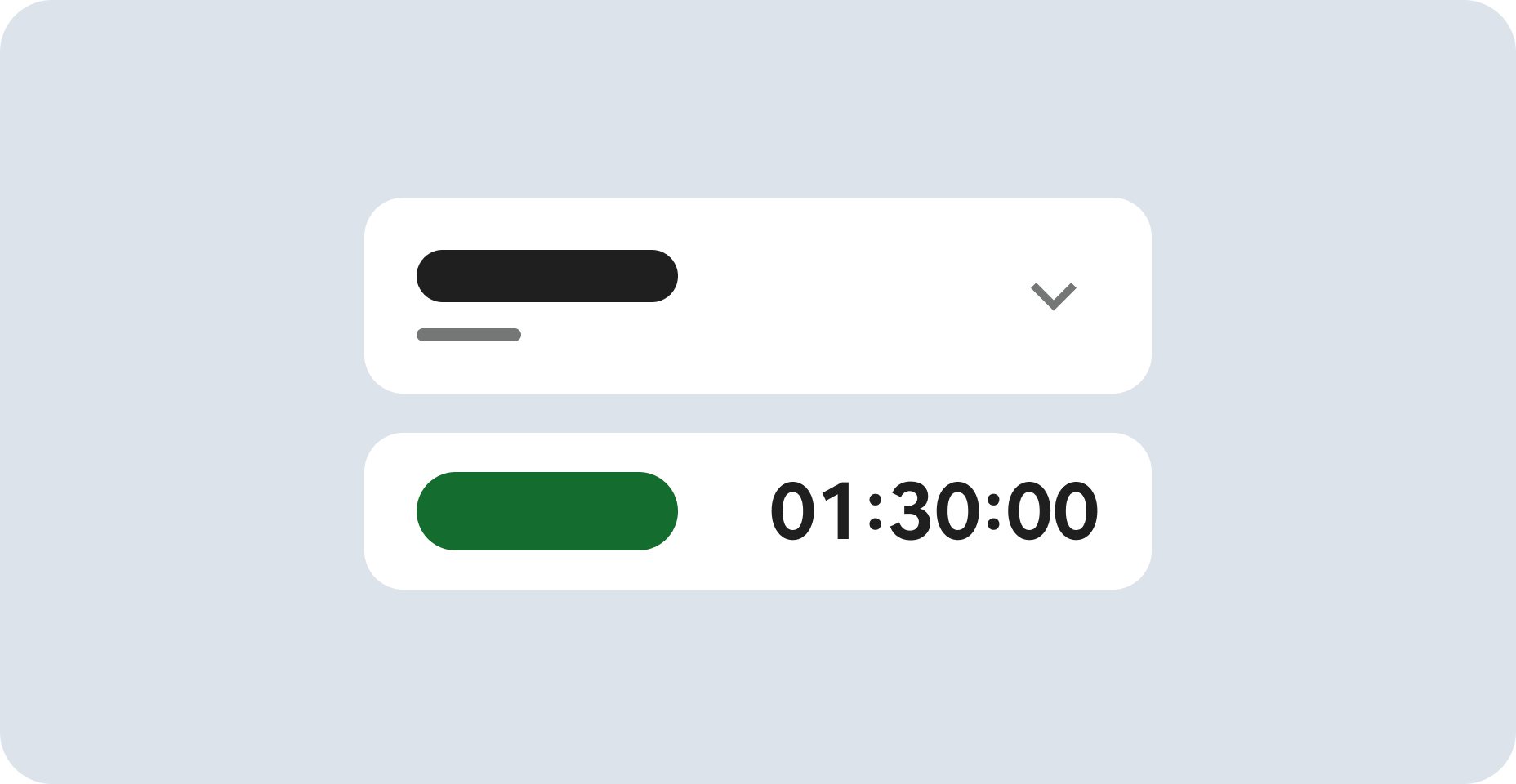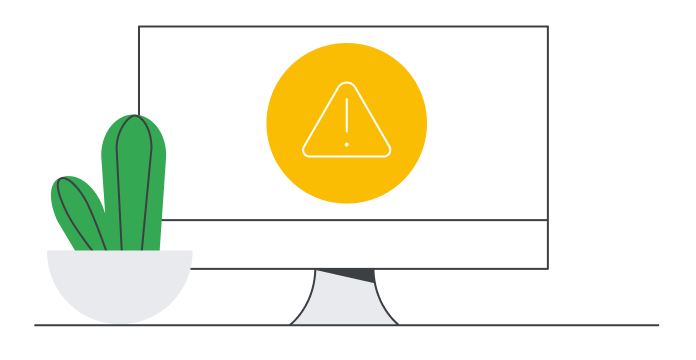
Before you begin
- Labs create a Google Cloud project and resources for a fixed time
- Labs have a time limit and no pause feature. If you end the lab, you'll have to restart from the beginning.
- On the top left of your screen, click Start lab to begin
Create the VM with desired configurations
/ 20
Download vulnerable web application files on the VM
/ 20
Enable the Web Security Scanner API
/ 20
Run a Web Security Scanner scan and detect application vulnerabilities
/ 20
Correct vulnerabilities and rescan your application using Web Security Scanner
/ 20
Web Security Scanner (WSS) is one of Security Command Center's built-in services that can be used to identify security vulnerabilities in App Engine, Google Kubernetes Engine (GKE), and Compute Engine web applications.
This service crawls your application, following all links within the scope of your starting URLs, and attempts to exercise as many user inputs and event handlers as possible. It can automatically scan and detect four common vulnerabilities, including cross-site-scripting (XSS), flash injection, mixed content (HTTP in HTTPS), and outdated/insecure libraries.
Web Security Scanner enables early identification of vulnerabilities and delivers very low false positive rates. You can easily set up, run, schedule, and manage security scans.
In this lab, you use Web Security Scanner to scan a Python Flask application for vulnerabilities.
In this lab, you learn how to perform the following tasks:
For each lab, you get a new Google Cloud project and set of resources for a fixed time at no cost.
Sign in to Qwiklabs using an incognito window.
Note the lab's access time (for example, 1:15:00), and make sure you can finish within that time.
There is no pause feature. You can restart if needed, but you have to start at the beginning.
When ready, click Start lab.
Note your lab credentials (Username and Password). You will use them to sign in to the Google Cloud Console.
Click Open Google Console.
Click Use another account and copy/paste credentials for this lab into the prompts.
If you use other credentials, you'll receive errors or incur charges.
Accept the terms and skip the recovery resource page.
Cymbal Bank is an American retail bank with over 2,000 branches in all 50 states. It offers comprehensive debit and credit services that are built on top of a robust payments platform. Cymbal Bank is a digitally transforming legacy financial services institution.
Cymbal Bank was founded in 1920 under the name Troxler. Cymbal Group acquired the company in 1975 after it had been investing heavily in Cymbal Group's proprietary ATMs. As the bank grew into a national leader, they put strategic emphasis on modernizing the customer experience both in-person at their branches and digitally through an app they released in 2014. Cymbal Bank employs 42,000 people nationwide and, in 2019, reported $24 billion in revenue.
Cymbal Bank is interested in developing a new banking application for their corporate clients using Google Cloud technology. Application security is critical, and the CTO wants to see how Google Cloud can identify and mitigate application security vulnerabilities. As a Cloud Security Engineer, you are tasked with demonstrating Security Command Center's cutting-edge application vulnerability scanning features.
In this task, you set up the infrastructure to demonstrate an application vulnerability to Cymbal Bank's CTO. More specifically, you deploy a virtual machine and open a firewall rule for Web Security Scanner to be able to access the vulnerable application that you intend to deploy.
On the Google Cloud console title bar, click Activate Cloud Shell (). If prompted, click Continue.
Create a static IP address that can be used for scanning a vulnerable web application by running the following command:
Copy the IP address (a single line of the output) and save it in a notepad.
Run the following command to create a VM instance to run the vulnerable application:
The startup script installs python-flask, a Web Application Framework, which is used for running a simple Python application demonstrating cross-site scripting (XSS) vulnerability, which is a common web application security vulnerability.
Click Check my progress to verify the objective.
In this task, you obtain the application code and introduce a vulnerability for Web Security Scanner to detect. This is in the form of an application, which is a simple form that receives a user's input and outputs it without any changes.
In the Cloud console, on the Navigation menu (), click Compute Engine > VM Instances.
This may take a minute to initialize for the first time.
Then click on the SSH button next to your instance:
This opens an SSH connection to your VM instance in a new window.
Output:
Find the static IP address of the VM you copied into your notepad earlier.
Replace YOUR_EXTERNAL_IP in the URL field below with that IP address, and open the URL in a new browser tab:
A Cymbal Bank corporate banking portal with a web form should appear.
You should receive the following alert window.
This is a common vulnerability in web applications: a cross-site scripting vulnerability. Cross-site scripting (XSS) is a vulnerability that enables attackers to run malicious scripts in users' browsers in the context of your application. Your browser interprets a string as a legitimate Javascript and executes it.
An attacker who uses an XSS bug to inject JavaScript into an HTML page gains virtually unlimited access to the logged-in sessions of the victims who visit the page: they may steal user data, tamper with it, change privacy or security settings, or even completely alter the way the product looks and operates. Even more, an XSS vulnerability in one application, no matter how inconsequential, may jeopardize other content within the same domain.
This is one of many application vulnerabilities that Web Security Scanner can help you identify.
Click Check my progress to verify the objective.
Now that the vulnerable application is launched, it's time to demonstrate Web Security Scanner's abilities to the CTO. But first, you need to configure the API that WSS uses to run.
Switch back to the Cloud console browser tab.
From the Navigation menu (), select APIs & Services > Library.
In the Search for APIs and services field, type Web Security Scanner and press Enter.
Select the Web Security Scanner API.
Click Enable to enable the Web Security Scanner API.
Click Check my progress to verify the objective.
In this task, you configure and set up a scan of the application to check if it finds security vulnerabilities.
Open the Navigation menu (), and select Security > Web Security Scanner.
Click + New Scan.
In the Starting URLs section, the Starting URL 1 field should be pre-populated with your static IP address.
Add the port number 8080, so that the Starting URL resembles the following:
If present, delete Starting URL 2.
Take a minute to review the remaining fields on the Create a new scan screen:
Verify the Authentication is still set to None and that Schedule is set to Never.
Click Show More to investigate the remaining settings.
Click Save to create the scan.
If the session timed out, run the following command to restart your application:
In your SSH Window, you should start to see logs generated similar to the example below—this is Web Security Scanner testing all possible URLs for potential vulnerabilities.
Output:
You may see log statements with the following HTTP status codes:
Check out the HTTP Status and Error Codes documentation for more information.
While the scan is running, feel free to explore the Results, URLs Crawled, and Details tabs. You can also check out this getting started video, or this vulnerability scanning video to learn more about Web Security Scanner.
The Web Security Scanner was able to scan all starting URLs and detect the XSS vulnerabilities in Cymbal Bank's application. The ability to automate the detection of these critical vulnerabilities is a major benefit for security-minded organizations like Cymbal Bank.
Click Check my progress to verify the objective.
Now that you have demonstrated Web Security Scanner can detect a XSS vulnerability, you remediate the vulnerability and run the application scan again.
# symbol from the first line and add it to the beginning of the next line (ensure that you indent your code properly!)Your final lines must resemble the following:
html_escape_table is a dictionary that contains one-to-one pairings of special HTML characters like "<" to their text representation. You use this table to escape special HTML characters so your form ingests and interprets submissions as raw text only. You can refer to this What is HTML Escape? documentation for more information.Now type CTRL+X, Y, and Enter to save your changes.
Re-run the application:
Return to the Google Cloud console browser tab (you should still have the Web Security Scanner page open):
Click Run at the top of the page.
In your SSH Window, you should start to see logs where Web Security Scanner tests application URLs for potential vulnerabilities.
Output:
While you are waiting for the results of the scan, login to the URL http://<EXTERNAL_IP>:8080 using your browser in a separate tab.
The web form displays once again.
In the web form, enter the same string that you entered in before:
Now click the POST button.
Verify that this time you receive the following string in the browser:
Return to the Google Cloud console, where you left off on the Web Security Scanner page.
Click Run at the top of the page to re-scan your application.
Soon after, you should notice that the results yield no more XSS vulnerabilities.
Click Check my progress to verify the objective.
You have successfully demonstrated to the Cymbal Bank CTO how to identify and remediate XSS vulnerabilities with Google Cloud's powerful Web Security Scanner solution.
When you have completed your lab, click End Lab. Google Cloud Skills Boost removes the resources you’ve used and cleans the account for you.
You will be given an opportunity to rate the lab experience. Select the applicable number of stars, type a comment, and then click Submit.
The number of stars indicates the following:
You can close the dialog box if you don't want to provide feedback.
For feedback, suggestions, or corrections, please use the Support tab.
...helps you make the most of Google Cloud technologies. Our classes include technical skills and best practices to help you get up to speed quickly and continue your learning journey. We offer fundamental to advanced level training, with on-demand, live, and virtual options to suit your busy schedule. Certifications help you validate and prove your skill and expertise in Google Cloud technologies.
Manual Last Updated February 27, 2025
Lab Last Tested February 27, 2025
Copyright 2022 Google LLC All rights reserved. Google and the Google logo are trademarks of Google LLC. All other company and product names may be trademarks of the respective companies with which they are associated.


This content is not currently available
We will notify you via email when it becomes available

Great!
We will contact you via email if it becomes available


One lab at a time
Confirm to end all existing labs and start this one
